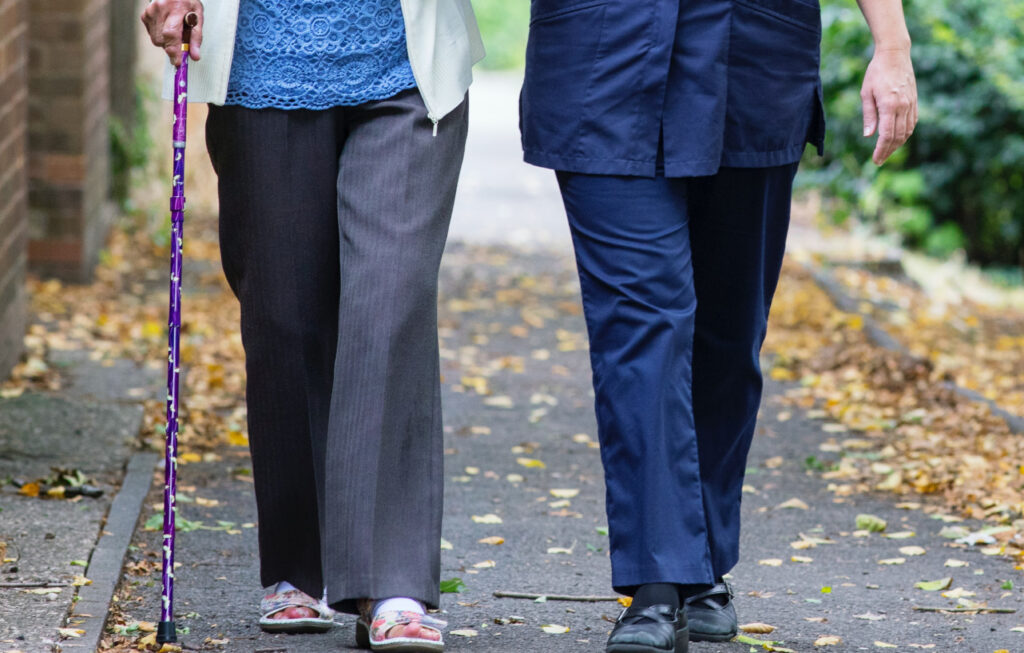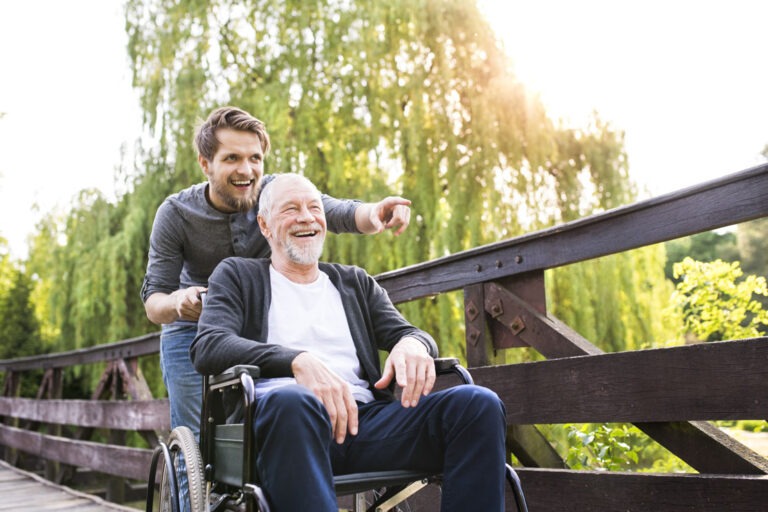Always Ask your Doctor
The best option to find out how at risk you are to falling and being seriously injured from one is to talk to your doctor. The CDC states that 1 out of 5 falls can cause serious injury. Your doctor/healthcare provider can assess what factors can contribute to you falling. If you take any medicine, your doctor can inform you if the medications you take will contribute to a slip or trip. Your doctor can also provide vitamin D supplements to help you prevent falls.
Also make sure to have your eyes and feet checked by a corresponding doctor. Ailing eyes and walking health conditions can put you at risk. Talk to your doctor about the proper footwear needed if you have trouble seeing or walking.
Making your Home Safer
According to the CDC most falls that older adults experience happen at home. If you are at risk to falling, your home can be a potential danger to your health as well. Luckily there are a variety of options, most of which are easy and cost effective.
For example if there are rugs in your home consider removing them or adding something to make them less easy to slip like double sided tape. Check to see if your stairway is clear of obstructions and any faulty steps. If you have a disability or trouble walking consider buying a stairlift to help you get up and down the stairs safe. The bathroom can also be a hazard with slippery floors and lack of handrails. Buying a shower mat with anti-slip material and installing a handrail can make your bathroom much safer. Lastly, having good lighting around the house can making going from room to room much easier.
Balanced Exercise and Diet
Exercise and a healthy diet are essential to preventing falls as you grow older. Regularly moving your body around can help improve your leg strength and balance. Meditation, Yoga, and Tai Chi are good examples of relaxing exercise that can improve your health. The CDC states that more than 95% of hip fractures are caused by falls. Women in particular are the most at risk, making up 3/4 of all hip fractures. Women also fall more often than men and have a higher chance of getting osteoporosis. Getting the sufficient vitamins and minerals you need to have a balanced diet contributes to less falling and less injury. Check with your doctor to see if you have any vitamin deficiencies, diseases like osteoporosis and any dietary changes you can make for a healthier lifestyle.




